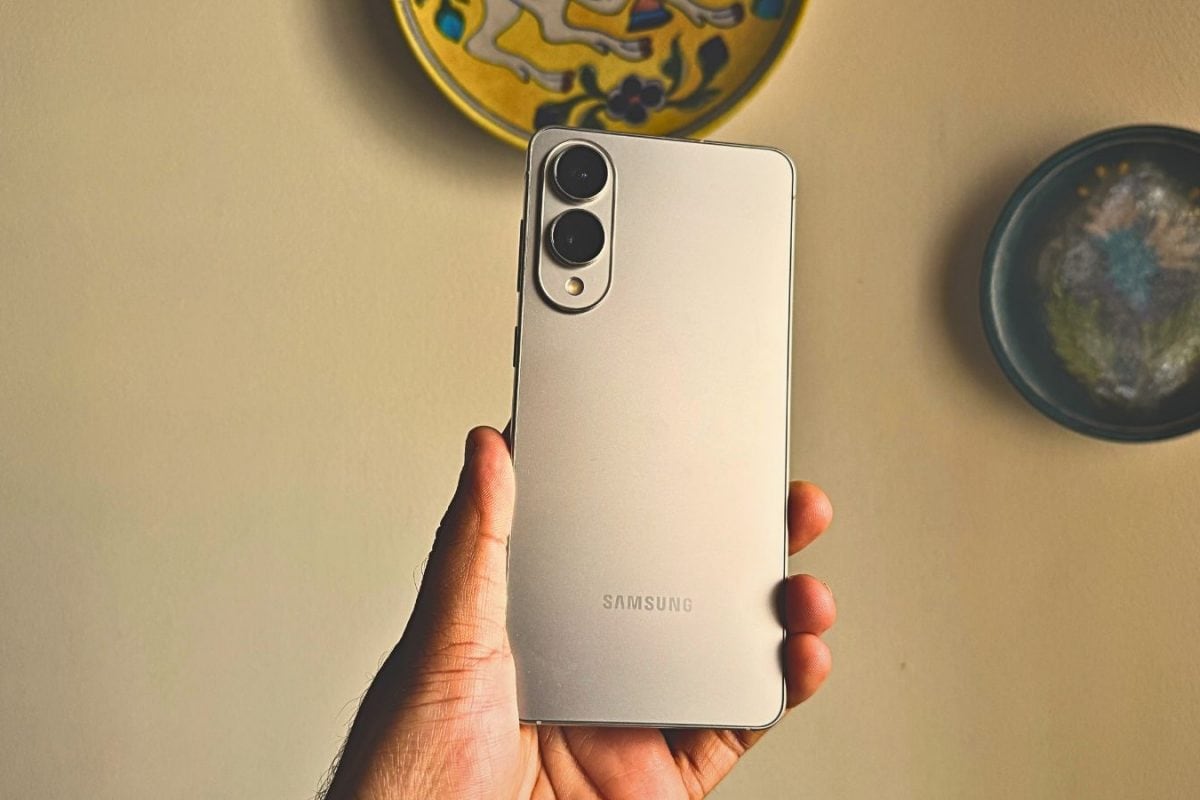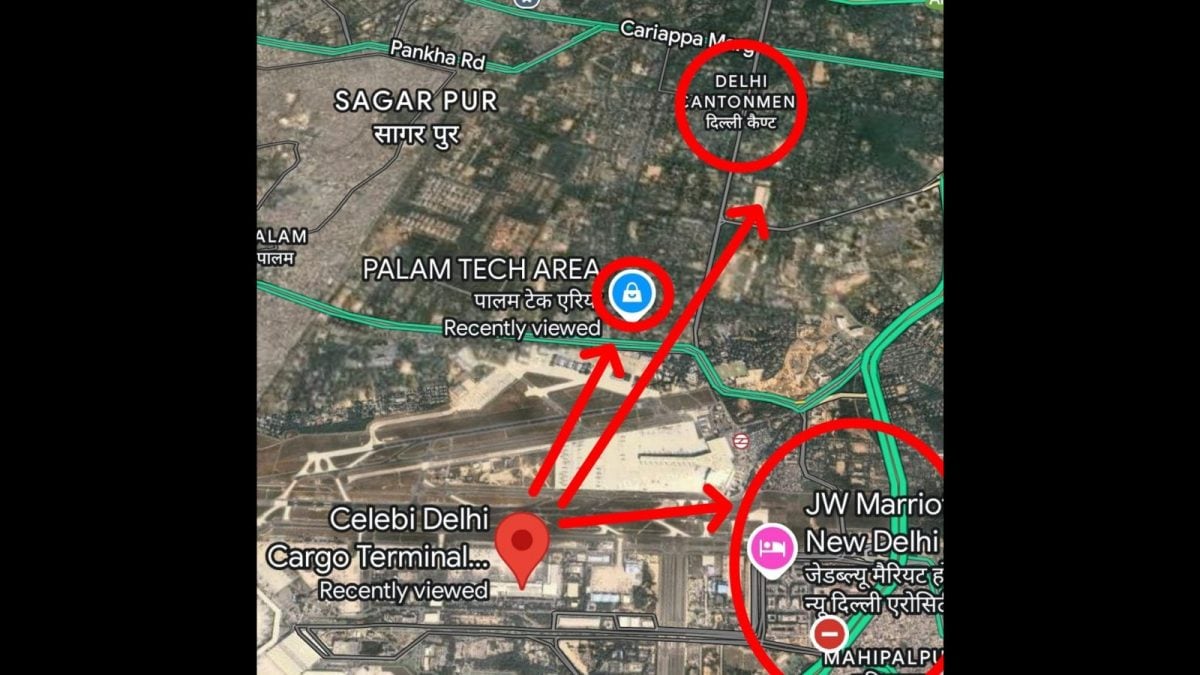Supermassive black hole devours star outside galaxy core in rare cosmic event
representative image , credit : NASAAstronomers have, for the first time, observed a supermassive black hole consuming a star outside the center of its home galaxy — a discovery that challenges long-standing beliefs about where such black holes typically exist.The rare event, named AT2024tvd, occurred around 600 million light-years away and marks the first-ever “offset” tidal disruption event (TDE) recorded by optical sky surveys. Unlike usual TDEs — where stars are destroyed near a galaxy’s core — this one took place in a more isolated, off-center location, suggesting the presence of a wandering black hole.The event was initially detected by the Zwicky Transient Facility (ZTF) and later confirmed through follow-up observations from NASA’s Hubble Space Telescope and Chandra X-ray Observatory. These instruments confirmed that a black hole, estimated to be a million times the mass of the Sun, tore apart an unlucky star in dramatic fashion.This kind of cosmic destruction, known as a tidal disruption event, happens when a star gets too close to a black hole’s intense gravitational pull. The star gets stretched and ripped into long strands — a process known as “spaghettification.” This violent interaction produces shock waves and an energetic flare brighter than a typical supernova, visible across multiple wavelengths of light.The discovery provides the first concrete evidence of supermassive black holes roaming outside galactic centers, and scientists believe this could open the door to finding more of these elusive "wandering" giants.This event marks a significant breakthrough in black hole research and could reshape our understanding of how and where these powerful cosmic entities exist in the universe.

 |
| representative image , credit : NASA |
Astronomers have, for the first time, observed a supermassive black hole consuming a star outside the center of its home galaxy — a discovery that challenges long-standing beliefs about where such black holes typically exist.
The rare event, named AT2024tvd, occurred around 600 million light-years away and marks the first-ever “offset” tidal disruption event (TDE) recorded by optical sky surveys. Unlike usual TDEs — where stars are destroyed near a galaxy’s core — this one took place in a more isolated, off-center location, suggesting the presence of a wandering black hole.
The event was initially detected by the Zwicky Transient Facility (ZTF) and later confirmed through follow-up observations from NASA’s Hubble Space Telescope and Chandra X-ray Observatory. These instruments confirmed that a black hole, estimated to be a million times the mass of the Sun, tore apart an unlucky star in dramatic fashion.
This kind of cosmic destruction, known as a tidal disruption event, happens when a star gets too close to a black hole’s intense gravitational pull. The star gets stretched and ripped into long strands — a process known as “spaghettification.” This violent interaction produces shock waves and an energetic flare brighter than a typical supernova, visible across multiple wavelengths of light.
The discovery provides the first concrete evidence of supermassive black holes roaming outside galactic centers, and scientists believe this could open the door to finding more of these elusive "wandering" giants.
This event marks a significant breakthrough in black hole research and could reshape our understanding of how and where these powerful cosmic entities exist in the universe.
What's Your Reaction?



































































